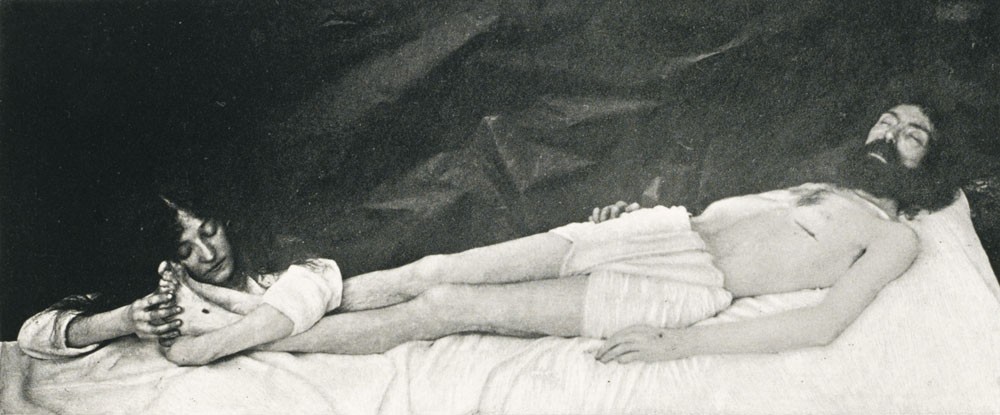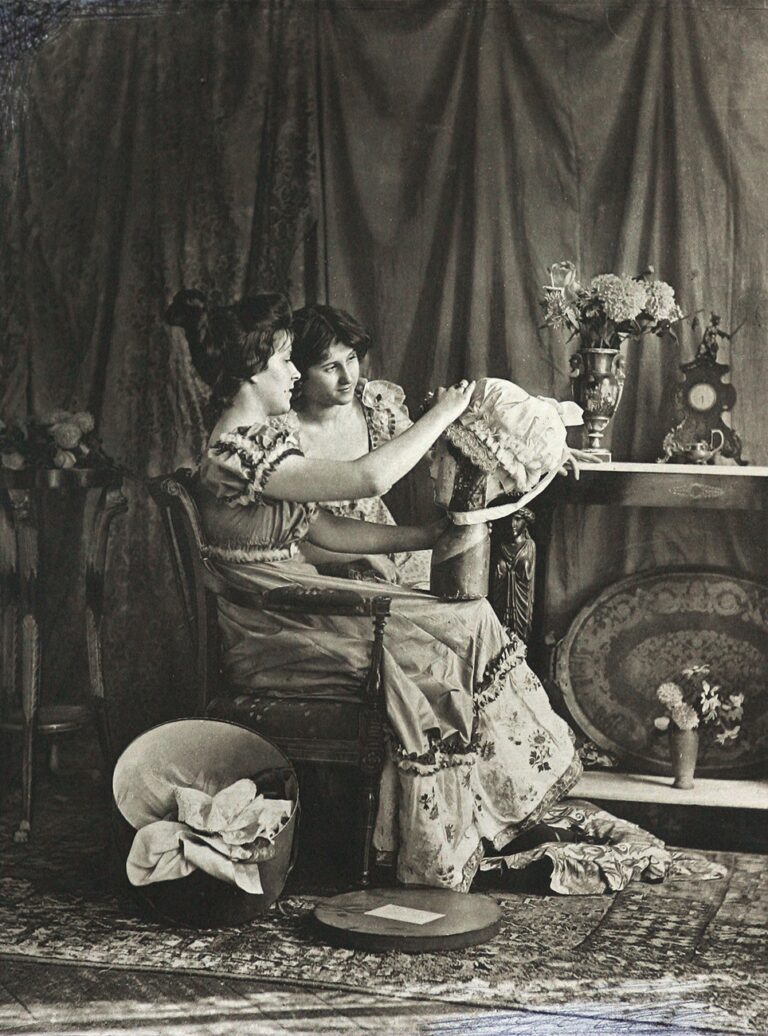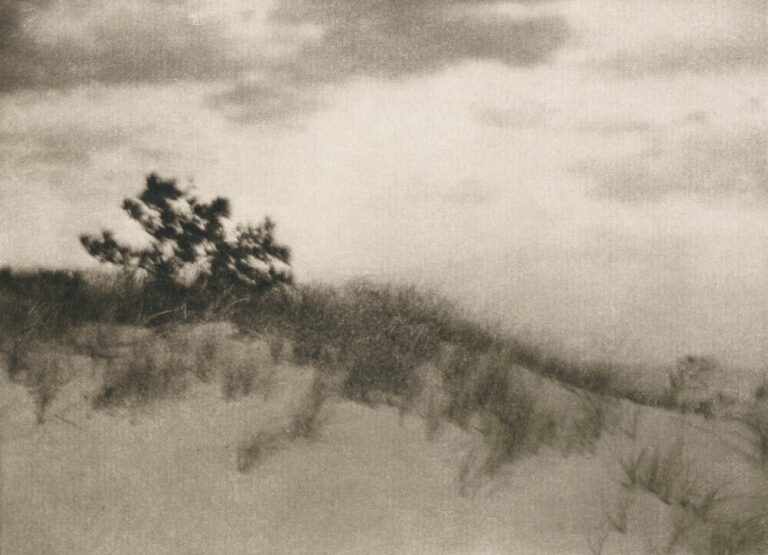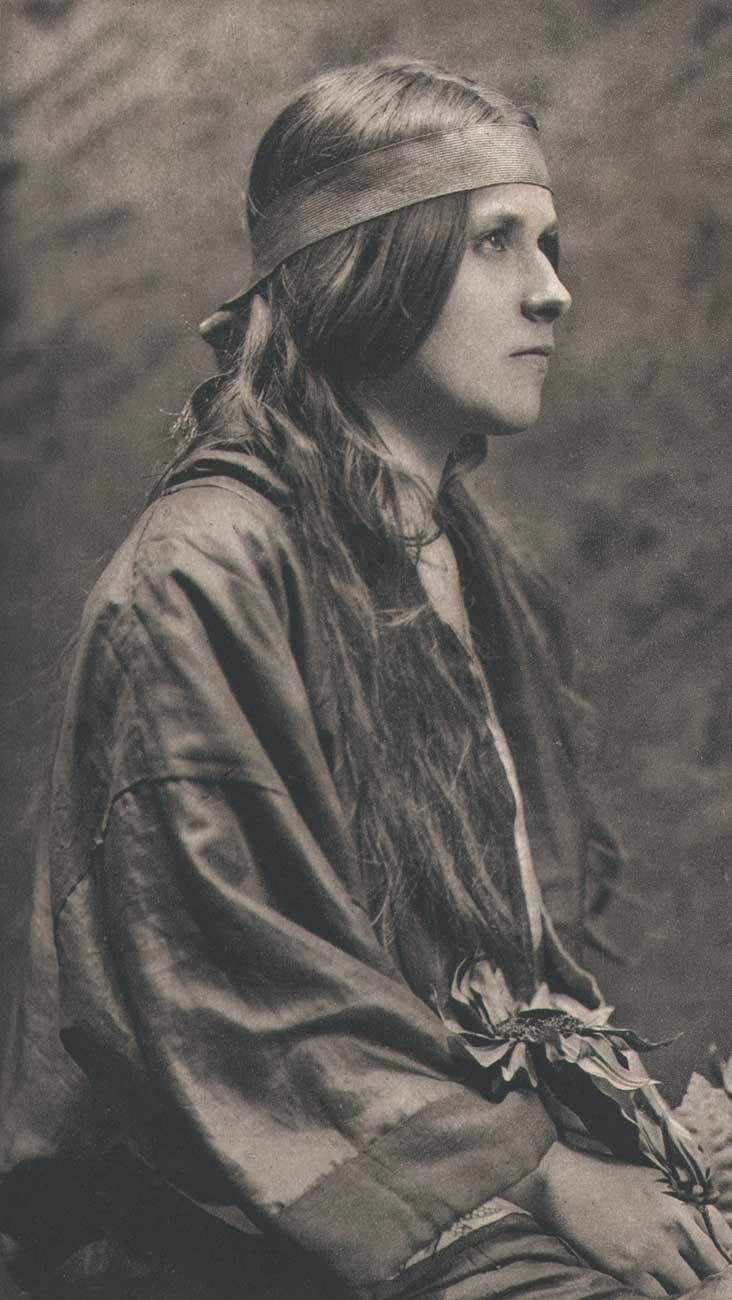
Christ au tombeau
This representation of a crucified Jesus Christ is unusual for its early portrayal of Christ by means of photography. In: Impressionist Camera: Pictorial Photography in Europe, 1888-1918: (page 163) “This subject, one of the most common in art, was achieved on a canvas-type paper sensitized by means of a process Bovier had invented himself.” Its presentation immediately divided critics: “On the one hand, we can praise Bovier’s attempt at the religious genre, but on the other we should remind him that photography cannot possibly express the supernatural or the divine.”
Conversely, an article in Photograms of the Year for 1896 praised the work as “a masterstroke that succeeds wonderfully in rendering the dual nature-divine and human-of the Son of God. Death is handled with skill and the whole work is extremely powerful.”
The American photographer Fred Holland Day may have also been influenced by this photograph. In the book: F. Holland Day: Suffering The Ideal: (Twin Palms Publishers: 1995) an interesting analysis of the efforts (including starvation) that Day undertook to make a series of self-portraits as Christ beginning in July of 1898 is discussed. A similar photograph to Bovier’s is one Day did in 1898 and titled “The Entombment” (Plate #28 in the book). Day also depicted Jesus in an 1896 study that serves as the book’s frontispiece titled: Study for Crucifixion (Library of Congress, Prints and Photographs Division, PH Day, F., No. 119).
British photographer Julia Margaret Cameron was another important photographer who explored religious imagery by means of genre photography. (no known examples of any representations of Christ are known however)
Bovier, (1865-1923) was the founder of the important Belgian artistic photographic movement known as L’Effort in 1901. He made his living as a photographic materials supplier in Brussels.



